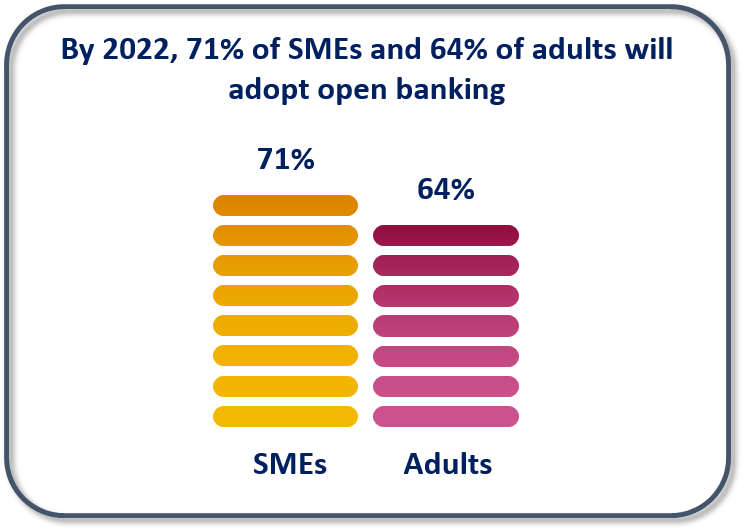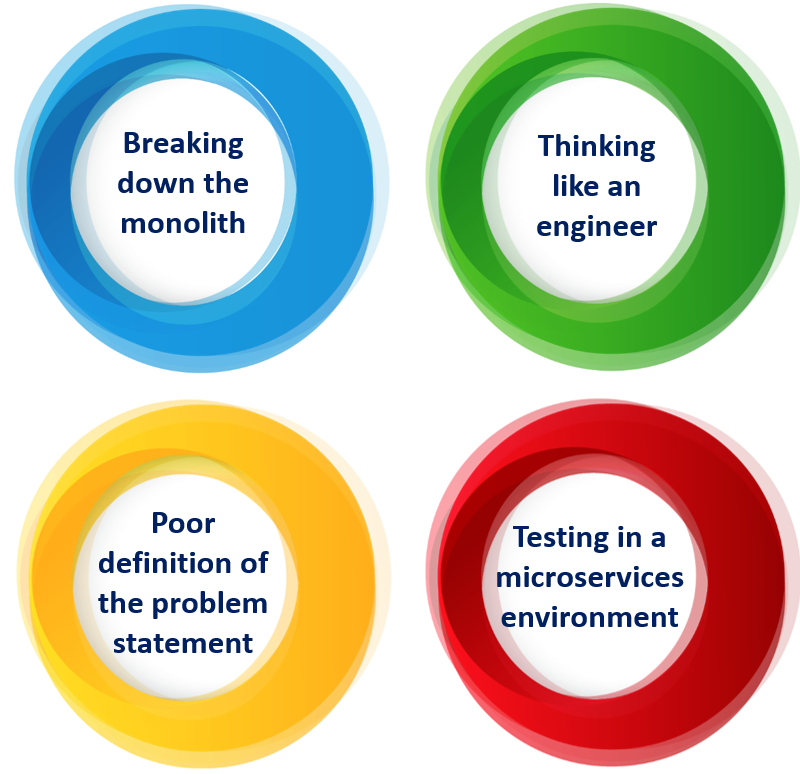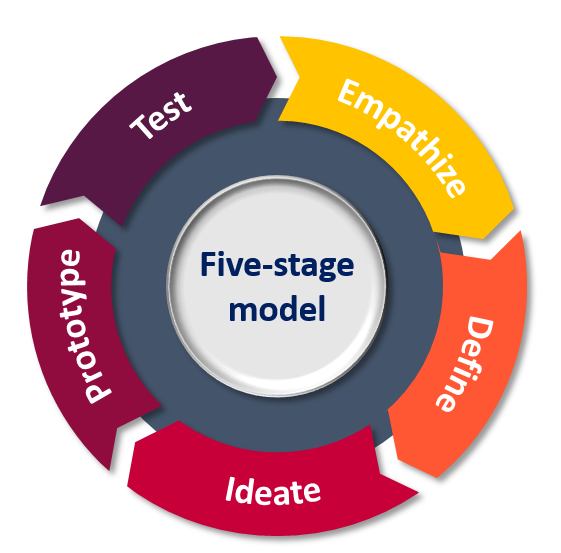Event-driven architecture for banking

In the face of digital transformation, banks have significantly transformed their business models, culture, and operational models – taking them beyond the traditional banking systems. Faced by ever-changing regulations and a rapidly evolving technology landscape, banks are breaking down the legacy-era monoliths and adopting microservices as the core banking platform.
The digital world brings with it the complexity of handling large amounts of data generated from millions of users. Despite the rise in real-time analysis and superior computational algorithms, traditional data architecture cannot capture all enterprise and external data. To complement existing data architecture services, banks require event-driven rules to unite functionalities.
Traditionally, banks have followed a request-driven model wherein a rigid architecture defines tasks. These systems are efficient in developing simple and set tasks, but fail to react to variable cases of the digital era. For example, a user accesses your banking portal for fund transfer. During their time on the portal, they might get interested in a different product. They seek out the product, read more about it, but eventually forget about it/lose interest and move on. The traditional request-driven architecture would fail to identify this opportunity of business interaction; leading to loss of potential sale.
In order to prevent such loss of data, developers are moving to an event-driven architecture (EDA) system. But what is EDA?
Gartner defines EDA as “a design paradigm in which a software component executes in response to receiving one or more event notifications. EDA is more loosely coupled than the client/server paradigm because the component that sends the notification doesn’t know the identity of the receiving components at the time of compiling.”
An ‘event’ is a notable thing that can occur inside or outside of a system, triggering a set of services, business processes or operations, while event processing deals with detecting and responding to events that have meaningful business outcomes. Taking up the previous example – With the EDA setup, your customers’ interest in products gets registered as an event by the system. Based on the event captured, banks can now categorize customers into prospective clients and open new lines of business interaction for your sales or business development teams.
Rabobank, a Dutch multinational banking and financial services company, has been continuously working on its real-time event-driven bank. Moving away from the traditional batch processing, Rabobank is building a Business Event Bus (BEB) to share business events across the organization. Effective communication with its millions of customers was a scalability and flexibility issue that the bank was able to overcome by adopting EDA and event programming into their mainframe. The bank developed ‘Rabo Alerts’ – a system to alert customers in real-time whenever an interesting financial event occurs and thereby, drastically reducing customer alert timing from 5 minutes to just a few seconds.
In the past few years, EDA has increased in popularity owing to changing markets, connected consumers, and mobility. The architecture is used to build reactive applications that are event-driven, scalable, resilient, reliable, distributed, and interactive. The real-time application communicates asynchronously across systems wherein the sender and receiver, both, remain anonymous. Since systems are triggered only in case of an event, EDA enables loose-coupling between components; eliminating dependency and lowering operational costs.
While consumer service is a push for EDA, regulatory compliance is also becoming a data-driven discipline. Banks and financial institutions continue to struggle to comply with regulations such as Bank Secrecy Act/ Anti-Money Laundering (BSA/AML). The high costs of non-compliance is not a factor for consideration for any agency. Issues from lack of uniformity in the KYC process to lack of periodic assessment of vendors are all areas of potential non-compliance. But at the core of the system lies KYC.
After onboarding a customer, the KYC system needs to perform regular on-going monitoring, periodic customer risk re-assessment, and re-certification. For an event-driven enterprise, this does not pose a challenge as an EDA would take care of submitting events to a monitoring platform. The system will be able to filter events of interest and submit them to respective business units – setting off a cascade of business processes to reassess customer’s risk and re-certify the customer.
By becoming event-driven, enterprises specifically banks improve their scalability and regulatory compliance. The evolution of EDA to integrate microservices or API management solutions adds another dimension to the development of a smart Service-Oriented Architecture (SOA). Increasing adoption of IoT and big data will further boost EDA in the banking sector.
View














